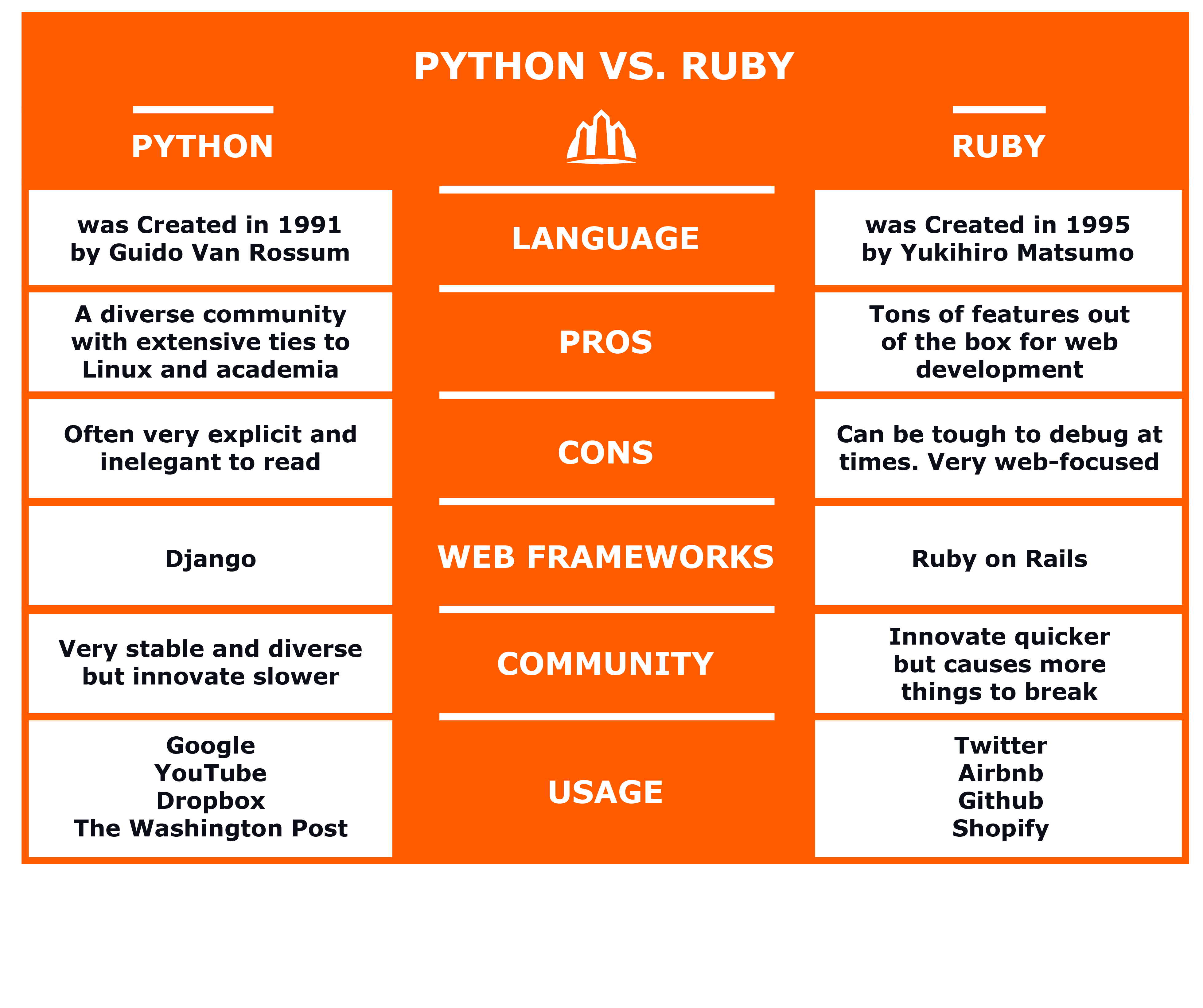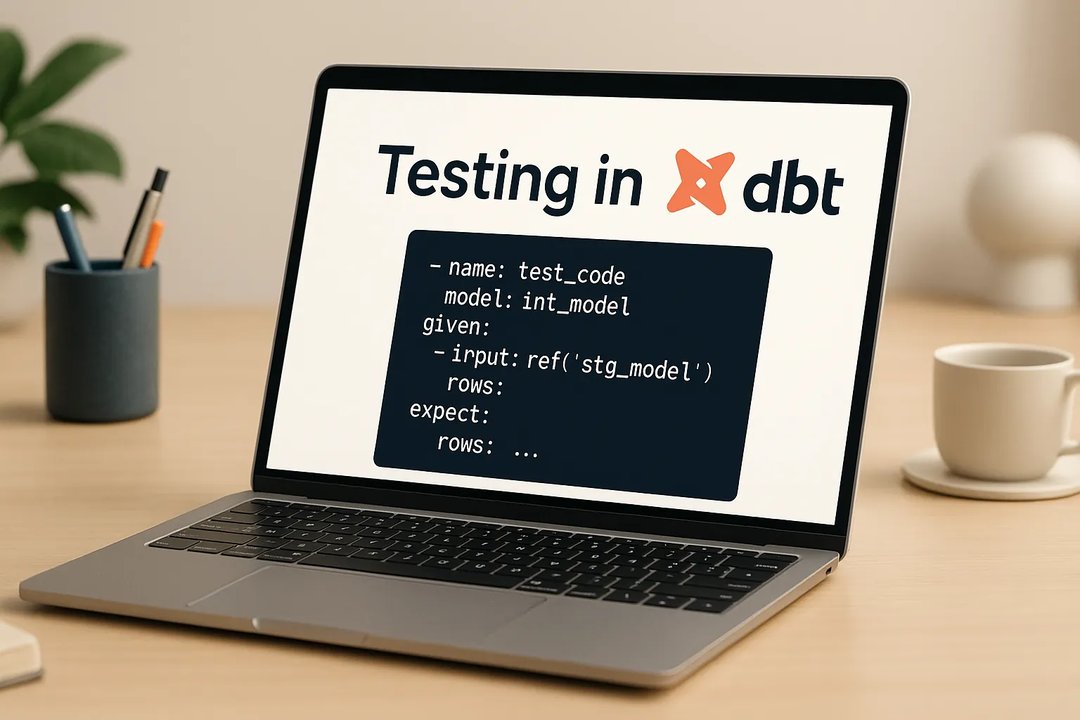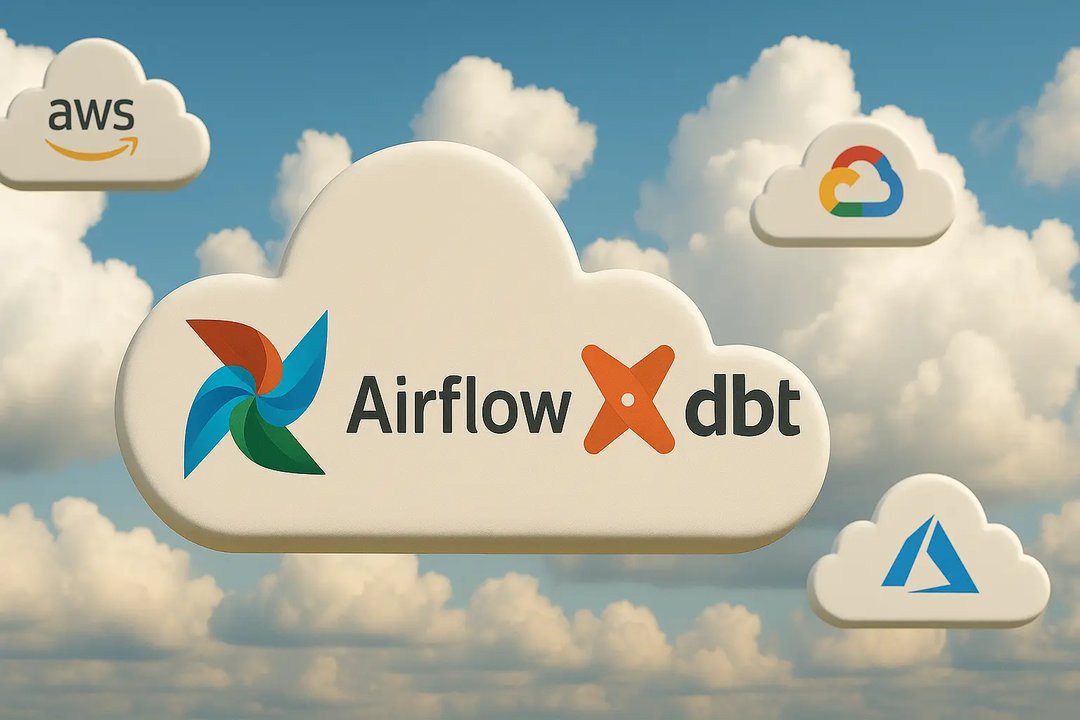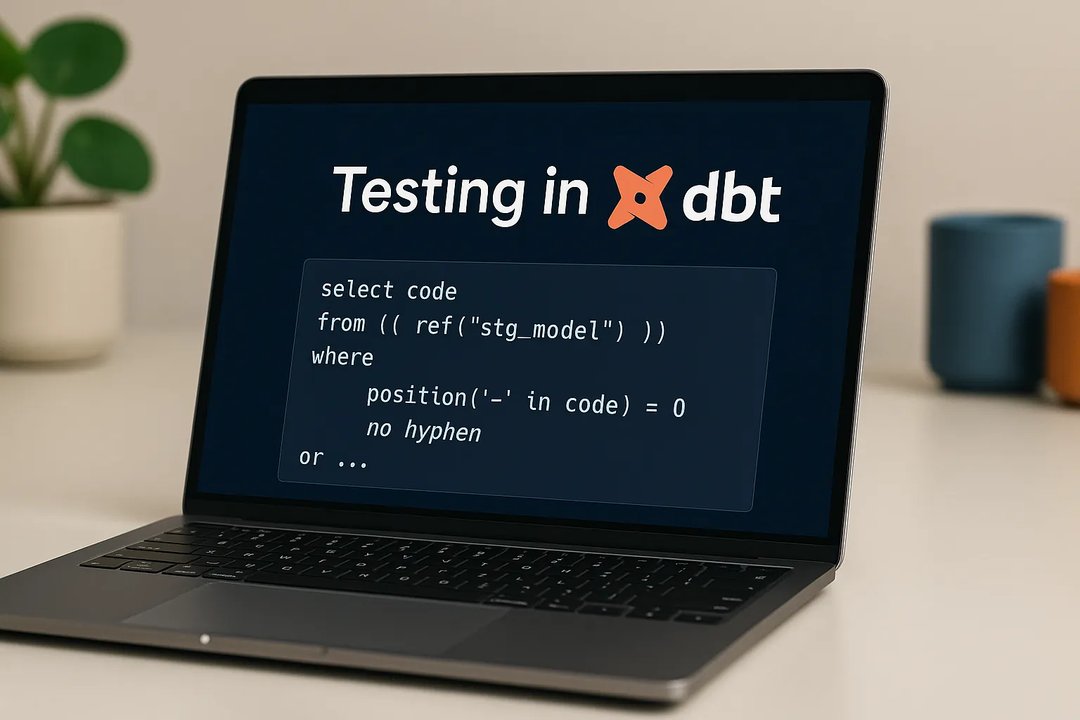
Sunscrapers Team
14 October 2022, 5 min read

What's inside
Intro
If you ask which is better: Python or Ruby, then the obvious is that it depends on what you want to do. Ruby and Python have many similarities but differ in critical ways. It’s a common but important question, so let’s go through the main difference between these two languages.

The languages are very similar - they’re both interpreted, object-oriented, and have similarly sized communities. They share some of the same use cases; however, the two languages and their frameworks are very different, and it is not so easy to switch from one to the other.
So how are they different?
The language
The Ruby on Rails web framework is based on the Ruby programming language, while the Django web framework is based on Python.
This is where many of the differences lie. The two languages look alike visually but are worlds apart if we consider their approach to problem-solving.
Ruby is designed to be very flexible and to empower programmers. That allows Ruby on Rails to do various tricks to create an elegant web framework. Sometimes it can seem like magic, but flexibility can cause some problems. For example, the same magic that makes Ruby work when you don't expect it can also make it very difficult to find bugs, which takes hours of code review.
Python takes a more direct approach to programming. Its main goal is to make everything visible to the programmer. This sacrifices some of the elegance Ruby has but gives Python a considerable advantage when you start learning how to code and solve problems efficiently.
Working with time in your application is an excellent example of the differences. Imagine that you want to get the time between now and a month from now. This is how you would do it in both languages:
Ruby
requires ‘active_support / all’
new_time = 1.month.from_now
Python
from datetime import datetime
from dateutil.relativedelta import relativedelta
new_time = datetime.now() + relativedelta(months=1)
Notice how Python requires you to import specific functionality from the datetime and dateutil libraries. It's very explicit, but it's great because you can easily identify where everything is coming from.
With the Ruby version, much more is hidden behind a curtain. We import an active_support library and suddenly all Ruby integers have <<.days>> and <<.from_now>> methods. It reads fine, but it's unclear where this functionality came from within active_support. Also, patching all integers in the language with new functionality is great, but it can cause problems.
Neither approach is right or wrong; different aspects stand out. Ruby stands out for the flexibility of the language, while Python for clarity and readability.
Web framework
Both Django and Rails help you build web applications. They have similar performance because both Ruby and Python are scripting languages. Each framework provides all the concepts of traditional MVC frameworks with models, views, controllers, and database migrations.
Each framework has differences in how it implements these features, but they are very similar at the core. Python and Ruby also have many libraries that you can use to add new features to your web applications. Ruby has a repository called Rubygems, and Python has another called Package Index.
Community
Python and Ruby have significant communities behind them. Each community influences the direction that language takes, updates, and how software is built. However, Python has a much larger community than Ruby. There are plenty of academic use cases in math and science, where Python has thrived and continues to grow from that momentum. Python is also pre-installed on almost all Linux computers, making it the perfect language to use on Linux servers (the most popular servers in the world).
Ruby's popularity began in 2005 with the release of Rails. The community has sprung up around Rails and has been incredibly focused on web development. It has also become more diverse, but it is nowhere near the level of diversity that Python has achieved.
Use
Who is using these programming languages? Quite a few companies. Both Ruby and Python are very widespread in the world of technology.
Many popular web pages are built with Python, including Google, Pinterest, Instagram, National Geographic, Mozilla Firefox, and the Washington Post. Also, there are many examples of Ruby on Rails web pages. Companies using Ruby on Rails include Apple, Twitter, Airbnb, Shopify, Github, and Groupon.
Should I learn Python or Ruby first?
The answer is: Python. But why? We can give you three reasons - Python is easy, Python is fast, and Python is efficient.
Python has gained popularity because of its easy learning. The syntax is designed to be easily readable. As mentioned, Python is an interpreted language. Because of that, we may think it is slow, but an extraordinary amount of work has been done over the past years to improve Python’s performance. It is a very reliable option if you want to do high-performance computing. Python works very efficiently in processing the data and managing memory use.
Also, the truth is if you already have a specific client, job, or project that requires you to know Ruby, learn Ruby. If not, learn Python first. Note that there are differences between Python 2 and Python 3. If you're new to programming, I recommend starting with the latest version: Python 3.
Check out our recent article about Migrating Python 2 to Python 3.
Conclusion: Ruby or Python?
Anything you can do in Ruby on Rails, you can also do in Python and Django. Which framework is better is not a matter of capability. A better question might be: which language is the most suitable for you and your team?
If you only want to make web applications, prioritize Ruby on Rails. The community is good, and they are always up to date. On the other hand, suppose you want to create web applications but would like to learn a language that has a broader scope and is suitable for handling data analysis. Then you should consider Python.


